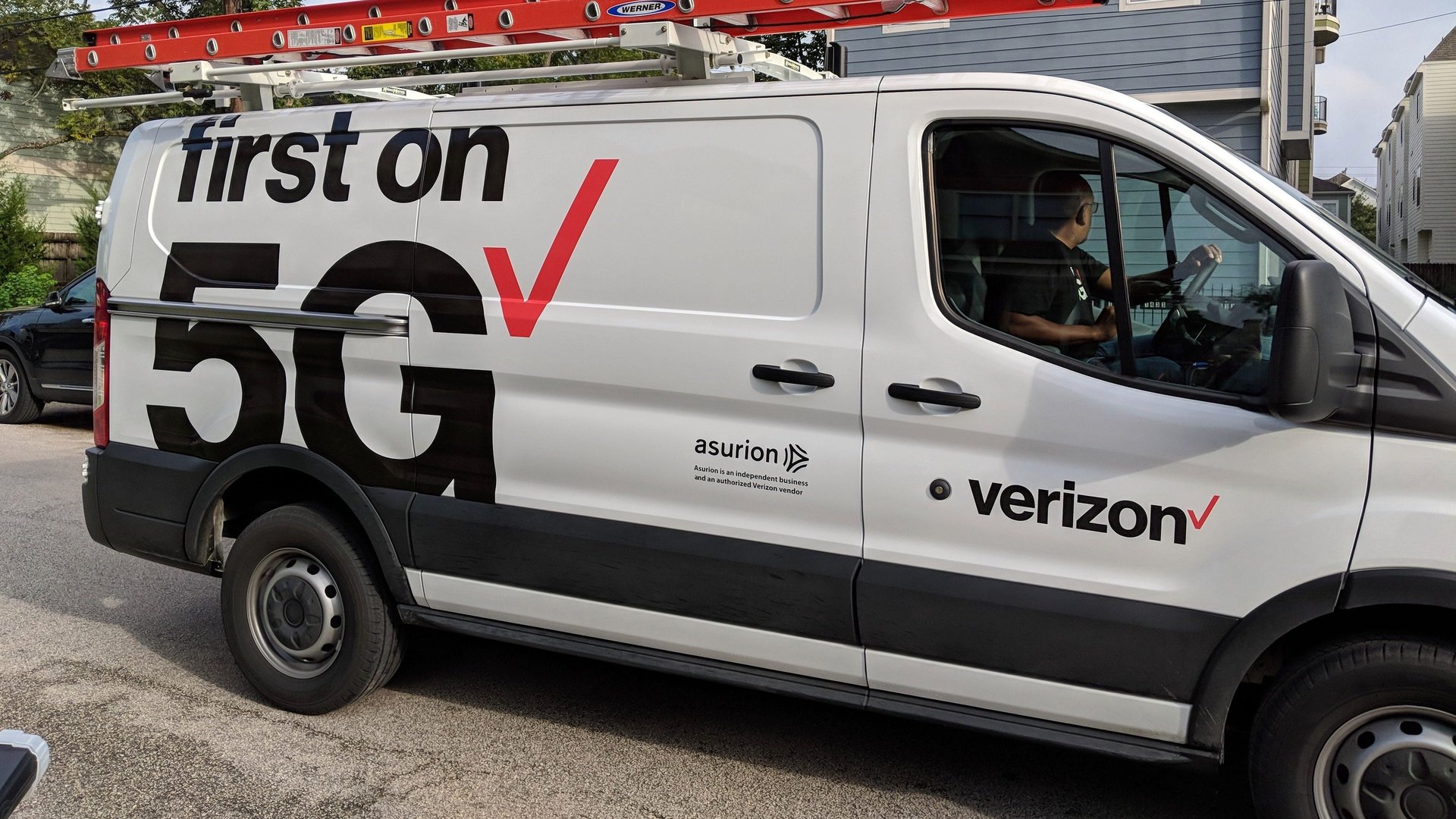Everything you need to know about 5G
If you have a smart phone, you’ve seen the icon at the top of your screen that shows you the type network you’re on, like 3G, Edge, or LTE. Now, 5G is on the way—but what does that actually mean? Here’s a quick primer.


If you have a smart phone, you’ve seen the icon at the top of your screen that shows you the type network you’re on, like 3G, Edge, or LTE. Now, 5G is on the way—but what does that actually mean? Here’s a quick primer.
What does 5G stand for?
5G is, perhaps unsurprisingly, the fifth generation of wireless networking technology. The first generation launched in 1983, and currently, 4G LTE (which ironically stands for “long term evolution”), a fourth generation of wireless network, is in wide use around the world.
What can I expect from 5G?
For the casual phone user, the biggest change from 4G to 5G will be speed. 5G networks are also more responsive, meaning you’ll see a shorter lag between your command and the network’s response, and they also allow more data to be transferred. Currently, 4G’s quickest speeds are about 1 Gigabit per second (although in reality, speeds are rarely much faster than 20 Megabits per second in the US). 5G downloads could be 10 to 20 times faster than 4G. (Verizon claims that in its trials, 5G is 30-50 times faster.)
What new things can 5G do?
Faster speeds will allow for transfer of high-quality photo and video, which is great for internet browsing, but it also opens up more possibilities for technologies that rely on huge amounts of data. Verizon has been working with companies that might use 5G technology, all of which sound like the stuff of sci-fi: doctors performing surgeries remotely, hologram calls, and augmented reality for movies.
Whether cellular providers will actually be able to provide the speed necessary to perform things like these, however, is another matter: Cell data speeds depend on your distance from a cell tower, what’s between you and that tower, and how many other people are connected to the tower. So while 5G may be considerably faster than older technologies in theoretical tests, we’ll have to wait and see what we actually can get when it’s available.
But 5G also allows for more devices to connect to the network at any given cell station, and those stations will likely be smaller and more plentiful than traditional cell towers, once they’re fully rolled out. That paves the way for more internet-of-things sensors connected to all sorts of devices, like farming equipment, traffic lights, or home security cameras. 5G-connected road sensors could even potentially communicate with cars, and could hold the key for driverless vehicles.
When will I get 5G?
Qatar’s Ooredoo claims it was the first provider in the world to launch a commercial 5G network back in May—even though the standard wasn’t actually finalized until June. On Oct. 1, Verizon launched 5G broadband service in 4 US cities: Houston, Texas; Los Angeles, California; Sacramento, California; and Indianapolis, Indiana. But this isn’t the true, wireless, 5G everyone has been talking about—its mobile 5G services won’t be in place until next year.
AT&T, which placed its first 5G call in September, is also trying to get in on the race to cellular 5G. It’s planning on rolling out the service in 12 cities by the end of the year (which is fast-approaching), and seven additional cities by early 2019.
Although the first cities in countries may be soon getting their first taste of 5G mobile internet, it’s worth noting that it takes time to build out an entire network. Expect to wait a few more years if you’re not in a major city before you’re likely to have access.
While some countries, like the UK, say their 5G networks might be ready by late 2019, 2020 looks like it’ll be the big year for 5G access. That’s when many countries, including Japan and China, which is pouring resources into building thousands of 5G stations, say their commercial 5G networks will be ready.
Unfortunately, your current phone won’t be able to handle 5G; you’ll need a new one that connect to 5G antennas. OnePlus just announced a 5G compatible phone, and with 18 device makers committing to the 5G phone market, many more devices are on the way.